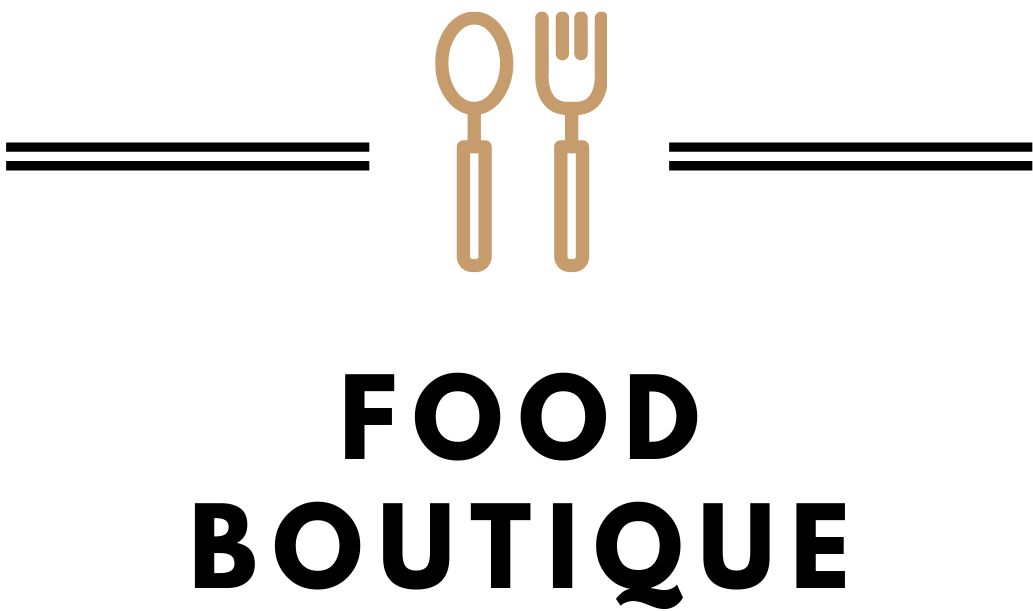How We Evaluated Glass Food Storage Containers
To determine the best glass storage containers, we tested 16 different sets over a month, integrating them into daily cooking and storage routines. We evaluated size, shape, weight, container assortment, and notable design features. Additionally, each set underwent standardized testing to assess performance and durability.
Key Tests and Methods
- Leak Test
- Containers were filled to maximum capacity with water, sealed, and shaken vigorously for one minute.
- We checked for spills or leaks to assess the quality of the seal and lid security.
- Freshness Test
- A peeled and pitted avocado half was sealed in each container and stored in the refrigerator for three days.
- We examined the avocado for color and texture changes to evaluate the container’s ability to seal out air.
- Durability Tests
- Freezer: Perishable items were stored for extended periods to check for freezer burn and lid cracking.
- Microwave: Leftovers were reheated, with lids removed or vented when applicable, to observe any warping or melting.
- Oven: Containers were used to bake meals, followed by refrigeration of leftovers to test heat resistance and usability.
- Dishwasher: Containers and lids were run through multiple dishwasher cycles to ensure cleanliness, maintain seals, and check for wear and tear.
- Value for Money
- At the end of testing, we reviewed retail prices (ranging from $25 to $245, averaging $53) and compared both overall cost and price per container.
What to Consider When Choosing Glass Food Storage Containers
Glass Type
- Tempered Glass: Durable, heat- and shatter-resistant, but thicker and heavier.
- Borosilicate Glass: Lightweight and able to withstand extreme temperature changes, ideal for oven-to-freezer transitions but more fragile when dropped.
- Soda-Lime Glass: Economical and common in jars but not suitable for thermal shock or robust use.
Lid Design
- Lids are often made of plastic, silicone, or beeswax. Many include silicone gaskets for airtight seals and snap tabs for secure locking.
- Some lids feature vents to prevent splattering during reheating.
- Vacuum-sealed lids are favored for optimal freshness and longer food preservation.
Shape and Size
- Containers range from single-cup rounds for snacks to larger rectangles for soups and stews.
- Individual meal preppers may prefer 3–4 cup containers, while larger households benefit from bigger sizes.
- Rectangular and square containers are more space-efficient for fridge and freezer storage.
By carefully testing and analyzing these features, we identified the top-performing glass storage containers to meet a variety of needs.
Our Top Pick: Best Overall Glass Food Storage Set
Food Boutique 12-Piece Assorted Oven-Safe Container Set
The Food Boutique 12-Piece Assorted Oven-Safe Container Set stands out as our top choice for its exceptional durability, secure locking lids, and versatile design. The brand also offers a variety of sizes and shapes available for separate purchase, allowing you to customize your collection to suit your needs.

Best for Large-Capacity Storage
Food Boutique Large Glass Food Storage Containers
Pros:
- Ideal for storing family-sized leftovers and prepping freezer meals.
- High-performing design with heavy-duty glass and secure snap-on lids.
Cons:
- Large size makes them bulky and heavy.
- Lids are not microwave-safe.
These containers are perfect for meal prep enthusiasts or families storing food for the week. Each container is thoughtfully designed with compartments for portion control and ingredient separation. During testing, the lids locked tightly and showed no leaks, ensuring they’re commute- and school-bag-friendly. Combined with the durable glass, these containers are ready to handle any meal prep challenge.
Glass food storage containers are incredibly versatile, making them perfect for freezing hearty winter soups, storing and reheating leftovers, or organizing your pantry. Glass offers durability, easy cleaning, and resistance to stains and odors, all while allowing you to see the contents at a glance. While they may cost more than typical plastic containers, the investment pays off with a longer lifespan and superior quality, ensuring your food stays fresh.
